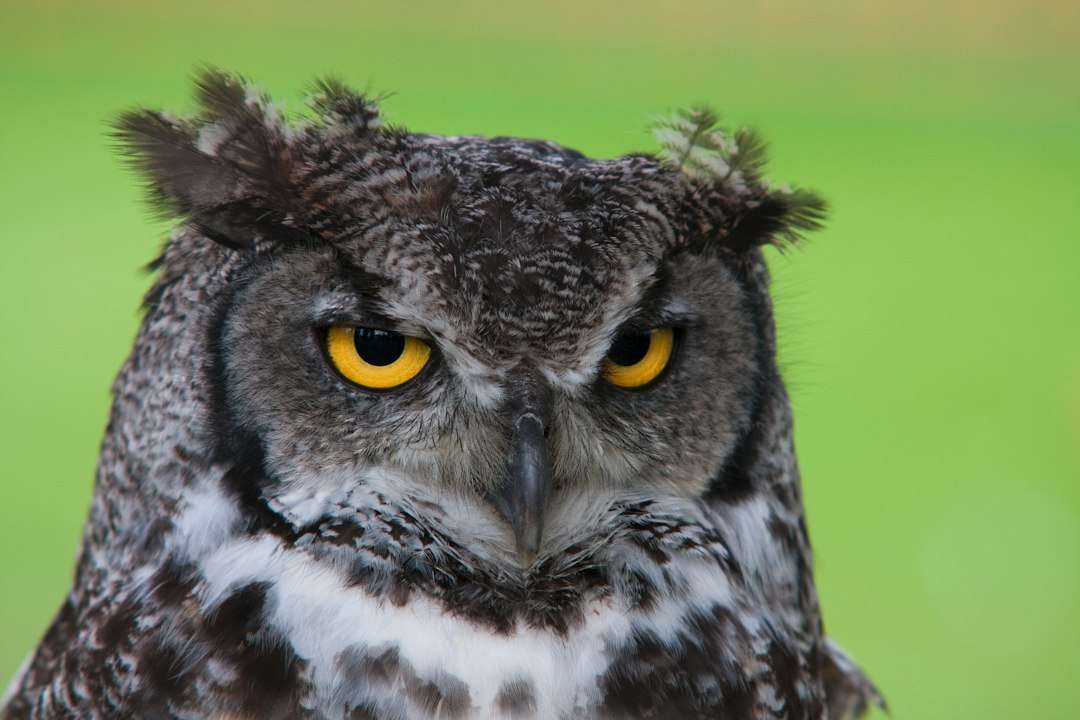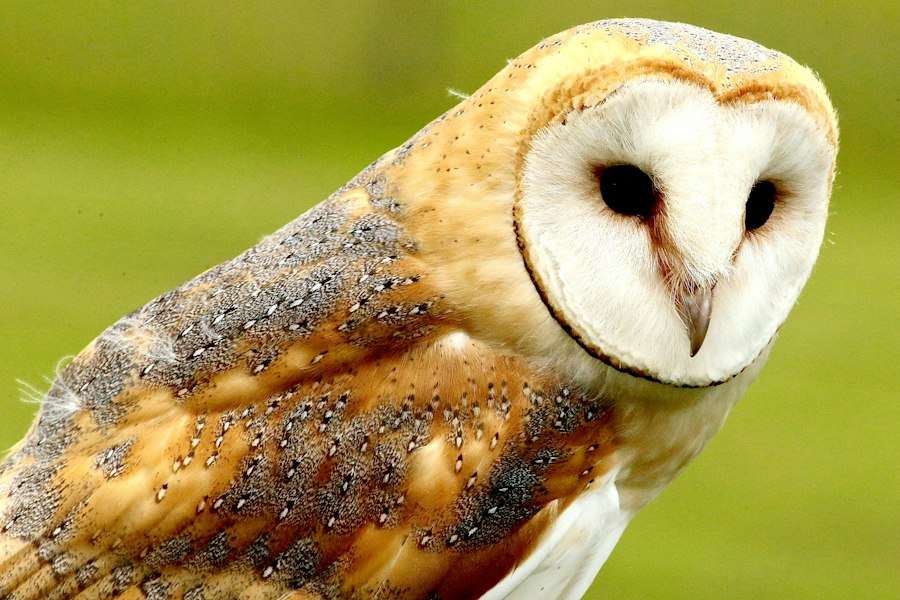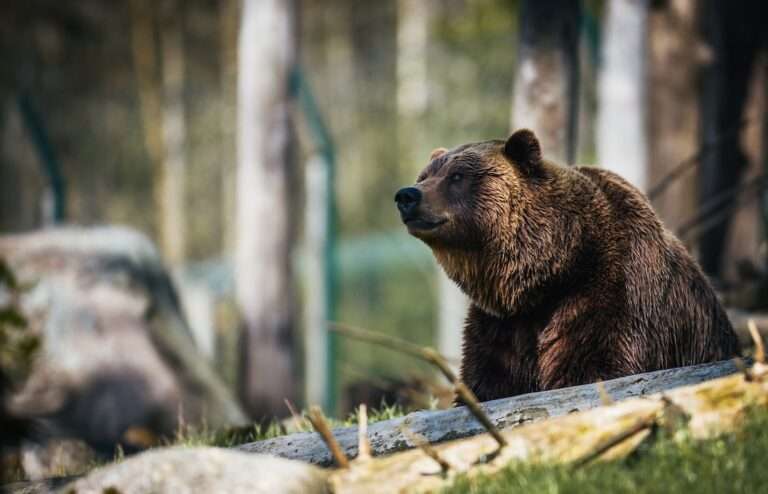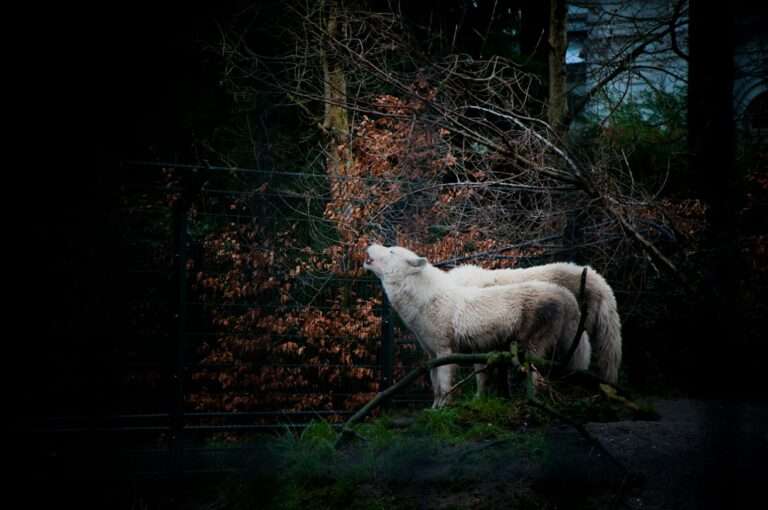The Wisdom of Owls: Exploring the Symbolism and Significance of these Majestic Birds

Owls are fascinating creatures that have captured the imagination of humans for centuries. With their unique characteristics and mysterious behavior, they have been both revered and feared throughout history. Owls are nocturnal birds of prey known for their large eyes, sharp talons, and silent flight. They have the ability to rotate their heads up to 270 degrees, allowing them to have a wide field of vision. These characteristics, along with their haunting calls and enigmatic behavior, have made owls a symbol of wisdom, mystery, and magic.
Throughout history, owls have been associated with both positive and negative symbolism. In many cultures, they are seen as symbols of wisdom and knowledge. The ancient Greeks believed that owls were sacred to the goddess Athena, who was the goddess of wisdom and warfare. In Native American cultures, owls are often seen as messengers from the spirit world and are associated with intuition and clairvoyance. However, in some cultures, owls are seen as symbols of death and darkness. In ancient Egypt, for example, owls were associated with the goddess of death and were believed to bring bad luck.
Key Takeaways
- Owls have been a mystical and fascinating creature throughout history and across cultures.
- Owls have been symbolized as wisdom, death, and magic in different cultures and mythologies.
- Owl sightings and omens have been considered significant in spiritual beliefs and superstitions.
- Owls are intelligent and have unique adaptations, but many species are threatened by habitat loss and other human activities.
- Owls have been represented in various forms of art and media, and have been associated with human psychology and personal growth.
Understanding the Symbolism of Owls in Different Cultures
Owls have been viewed differently in various cultures throughout history. In Native American cultures, owls are often seen as symbols of wisdom and spiritual guidance. They are believed to possess the ability to see beyond the physical world and into the realm of spirits. The owl is also seen as a protector and guardian of the tribe.
In Greek mythology, owls were associated with Athena, the goddess of wisdom. The owl was considered her sacred bird and was often depicted on coins and statues representing her. The Greeks believed that owls had the ability to see in the dark and were therefore able to reveal hidden truths.
In ancient Egypt, owls were associated with the goddess of death, Nekhbet. They were believed to be protectors of the pharaoh and were often depicted on amulets and other protective objects. Owls were also seen as symbols of fertility and were associated with the goddess Isis.
The symbolism of owls can vary depending on the culture and context. In some cultures, they are seen as symbols of death and darkness, while in others they are seen as symbols of wisdom and spiritual guidance. The interpretation of owl symbolism can also vary depending on personal beliefs and experiences.
The Fascinating History of Owls in Mythology and Folklore
Owls have a rich history in mythology and folklore from around the world. In Greek mythology, the owl was associated with Athena, the goddess of wisdom. According to legend, Athena chose the owl as her sacred bird because of its ability to see in the dark and its wise and watchful nature. The owl became a symbol of wisdom, knowledge, and protection.
In Norse mythology, the owl was associated with the goddess Freya, who was known for her beauty, love, and fertility. The owl was believed to be her messenger and was seen as a symbol of femininity and intuition.
In Celtic folklore, owls were often seen as omens of death or bad luck. It was believed that if an owl flew over a house or perched on a roof, someone in the household would soon die. However, owls were also seen as protectors against evil spirits and were often placed on rooftops to ward off evil.
In Native American cultures, owls were seen as messengers from the spirit world. They were believed to have the ability to communicate with spirits and provide guidance and protection. Owls were often associated with shamans and were seen as symbols of intuition and clairvoyance.
The Significance of Owl Sightings and Omens in Spiritual Beliefs
| Significance of Owl Sightings and Omens in Spiritual Beliefs |
|---|
| Symbol of Wisdom and Knowledge |
| Associated with the Moon and Night |
| Believed to be Messengers from the Spirit World |
| Considered to be Protectors and Guides |
| Seen as a Sign of Change or Transition |
| Representative of Intuition and Clairvoyance |
| Considered to be a Powerful Totem Animal |
Owl sightings and omens have been interpreted in different ways in various spiritual traditions. In many cultures, owls are seen as messengers from the spirit world and are believed to bring important messages or warnings. In Native American cultures, for example, an owl sighting is often seen as a sign that someone is being called to pay attention to their intuition and inner wisdom. It is believed that the owl is trying to communicate a message from the spirit world and that it is important to listen and take heed.
In some spiritual traditions, owl omens are seen as a sign of impending death or bad luck. In Celtic folklore, for example, it was believed that if an owl flew over a house or perched on a roof, someone in the household would soon die. Similarly, in ancient Rome, an owl hooting during the day was seen as a bad omen and was believed to foretell death or disaster.
However, not all owl sightings and omens are seen as negative. In many cultures, owls are seen as symbols of wisdom and protection. An owl sighting can be seen as a sign that one is being guided and protected by higher forces. It can also be seen as a reminder to tap into one’s own inner wisdom and intuition.
The Wisdom and Intelligence of Owls: Facts and Myths
Owls are often associated with wisdom and intelligence, but what is the truth behind these beliefs? Owls are indeed highly intelligent creatures with remarkable abilities. They have excellent hearing and vision, which allows them to locate prey even in complete darkness. They also have the ability to rotate their heads up to 270 degrees, giving them a wide field of vision.
Contrary to popular belief, however, owls are not necessarily wiser than other birds or animals. While they do possess certain adaptations that make them well-suited for their nocturnal lifestyle, their intelligence is not necessarily superior to that of other birds. Owls are highly specialized predators, and their intelligence is focused on hunting and survival in their specific habitats.
One common myth about owls is that they are able to turn their heads all the way around. While it is true that owls have a greater range of motion in their necks than most other birds, they cannot actually turn their heads completely around. The ability to rotate their heads allows them to compensate for their fixed eye sockets and gives them a wider field of vision.
The Role of Owls in Ecosystems and Conservation Efforts

Owls play a crucial role in ecosystems as top predators. They help to control populations of small mammals and insects, which can have a significant impact on the balance of ecosystems. Owls are also indicators of ecosystem health, as they are sensitive to changes in habitat quality and prey availability.
Unfortunately, many owl species are facing threats to their survival. Loss of habitat due to deforestation and urbanization is one of the biggest challenges facing owl populations. Owls also face threats from pollution, climate change, and illegal hunting. Conservation efforts are underway to protect owl populations and their habitats.
Conservation organizations are working to raise awareness about the importance of owls and the need to protect their habitats. Efforts are being made to restore and protect owl habitats, as well as to educate the public about the importance of conservation. By working together, we can ensure that owls continue to thrive in our ecosystems for future generations.
The Artistic Representation of Owls in Literature, Art, and Film
Owls have long been a source of inspiration for artists, writers, and filmmakers. Their mysterious and enigmatic nature has made them a popular subject in literature, art, and film.
In literature, owls are often portrayed as wise and knowledgeable creatures. They are often used as symbols of wisdom or as guides for the protagonist on their journey. In J.K. Rowling’s Harry Potter series, for example, the character of Hedwig, Harry’s pet owl, serves as a loyal companion and messenger.
In art, owls are often depicted as symbols of wisdom and mystery. They are often portrayed in a realistic or stylized manner, capturing their unique features and characteristics. Owls have been depicted in various art forms, including paintings, sculptures, and jewelry.
In film, owls have been featured in both animated and live-action movies. They are often portrayed as wise and mystical creatures with special powers or abilities. In the animated film “Legend of the Guardians: The Owls of Ga’Hoole,” for example, owls are depicted as noble warriors with the ability to fly and fight.
The artistic representation of owls in literature, art, and film reflects the fascination and intrigue that these creatures inspire in humans. They are often used as symbols of wisdom, mystery, and magic, capturing our imagination and inviting us into their mystical world.
The Connection between Owls and Human Psychology
Owls have a deep psychological significance in human culture. They have long been associated with wisdom, intuition, and spiritual guidance. In psychology, owls are often seen as symbols of inner wisdom and the ability to see beyond the surface.
Owls are often used in therapy and healing practices to help individuals tap into their own inner wisdom and intuition. They can serve as guides on the journey of self-discovery and personal growth. Owls are also associated with the shadow self, representing the parts of ourselves that we may be afraid to confront or acknowledge.
The connection between owls and human psychology is rooted in our fascination with these mysterious creatures. Owls represent a connection to the unseen world and the ability to navigate through darkness with grace and wisdom. By embracing the symbolism of owls, we can tap into our own inner wisdom and intuition, leading to personal growth and transformation.
Owls as Spirit Animals and their Influence on Personal Growth
Having an owl as a spirit animal can have a profound influence on personal growth and transformation. Owls are often seen as symbols of wisdom, intuition, and spiritual guidance. When an owl appears as a spirit animal, it is believed to be a sign that one is being called to tap into their own inner wisdom and intuition.
Owls can inspire us to trust our instincts and follow our own path. They remind us to listen to our inner voice and trust in our own abilities. Owls are also associated with the shadow self, representing the parts of ourselves that we may be afraid to confront or acknowledge. By embracing the symbolism of owls, we can learn to embrace all aspects of ourselves and find balance and harmony in our lives.
Owls as spirit animals can also guide us on our journey of self-discovery and personal growth. They can help us navigate through darkness and find clarity and insight. Owls remind us to be patient and observant, to take the time to listen and reflect before taking action.
The Future of Owls: Challenges and Opportunities for their Survival
Owls face numerous challenges to their survival in the modern world. Loss of habitat due to deforestation and urbanization is one of the biggest threats facing owl populations. Owls also face threats from pollution, climate change, and illegal hunting.
Conservation efforts are underway to protect owl populations and their habitats. These efforts include habitat restoration, captive breeding programs, and public education campaigns. By raising awareness about the importance of owls and the need to protect their habitats, we can help ensure their survival for future generations.
In conclusion, owls are fascinating creatures that have captured the imagination of humans for centuries. They have been revered and feared throughout history due to their unique characteristics and mysterious behavior. Owls have been viewed differently in various cultures, with different meanings and interpretations of their symbolism. They have a rich history in mythology and folklore from around the world, and their significance in spiritual beliefs and omens is widely recognized. Owls are highly intelligent creatures with remarkable abilities, although there are many myths and misconceptions about their intelligence. They play a crucial role in ecosystems as top predators and are indicators of ecosystem health. Owls have been a source of inspiration for artists, writers, and filmmakers, and their representation in literature, art, and film reflects their mystical and enigmatic nature. Owls have a deep psychological significance in human culture and are often associated with wisdom, intuition, and spiritual guidance. They can serve as spirit animals, guiding individuals on their journey of personal growth and transformation. However, owls face numerous challenges to their survival, including loss of habitat and illegal hunting. Conservation efforts are underway to protect owl populations and their habitats, but more needs to be done to ensure their survival for future generations.
If you’re fascinated by the symbolism of owls, you might also be interested in exploring the symbolism of the moon. The moon has long been associated with mystery, intuition, and feminine energy. It is often seen as a symbol of transformation and the cycles of life. To delve deeper into this topic, check out this insightful article on what the moon symbolizes. Discover the hidden meanings behind this celestial body and how it can inspire and guide us in our own lives.
FAQs
What is owl symbolism?
Owl symbolism refers to the various meanings and interpretations associated with owls in different cultures and belief systems.
What do owls symbolize?
Owls are often associated with wisdom, knowledge, and intelligence. They are also seen as symbols of mystery, magic, and intuition. In some cultures, owls are believed to be messengers of death or bad luck.
What cultures have owl symbolism?
Owl symbolism can be found in many cultures around the world, including Native American, Celtic, Greek, and Hindu cultures.
What is the significance of an owl’s hooting?
In some cultures, an owl’s hooting is believed to be a sign of impending death or bad luck. However, in other cultures, it is seen as a sign of wisdom and knowledge.
What is the spiritual meaning of an owl?
The spiritual meaning of an owl varies depending on the culture and belief system. In general, owls are seen as symbols of wisdom, intuition, and spiritual guidance.
What is the significance of an owl in Native American culture?
In Native American culture, owls are often seen as symbols of wisdom, knowledge, and protection. They are also believed to be messengers between the physical and spiritual worlds.
What is the significance of an owl in Greek mythology?
In Greek mythology, owls are associated with the goddess Athena, who is often depicted with an owl on her shoulder. Owls are seen as symbols of wisdom, knowledge, and protection in Greek mythology.
What is the significance of an owl in Hinduism?
In Hinduism, owls are associated with the goddess Lakshmi, who is often depicted with an owl as her vehicle. Owls are seen as symbols of wealth, prosperity, and good luck in Hinduism.





